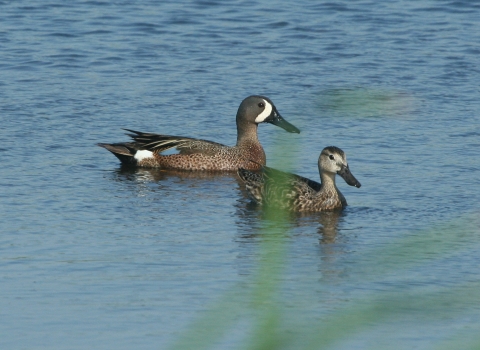Visit Us
Located approximately five miles southwest of Houma, LA, Mandalay National Wildlife Refuge encompasses 4,212 acres of freshwater marsh, cypress-tupelo swamp and man-made canals, and is bisected by the Gulf Intracoastal Waterway. The refuges's waterways and wetlands, bordered by ridges forested with oak, cypress, and gum trees, provide habitat for a wide array of wildlife. Visitors can enjoy fishing, wildlife viewing and photography, boating and hunting.
Location and Contact Information
About Us
Mandalay National Wildlife Refuge, established in 1996, conserves and protects freshwater marshes in western Terrebonne Parish in south–central Louisiana. The refuge's freshwater marshes attract thousands of migratory waterfowl. Forested habitats provide critical spring and fall habitat for neotropical migratory birds. A unique habitat found at Mandalay is called flotant marsh - a floating marsh. The refuge is intersected with levees and man-made canals, and bisected by the Gulf Intercoastal Waterway
What We Do
Wildlife conservation is at the heart of the National Wildlife Refuge System. It drives everything on U.S. Fish and Wildlife Service lands and waters managed within the Refuge System, from the purposes for which a national wildlife refuge national wildlife refuge
A national wildlife refuge is typically a contiguous area of land and water managed by the U.S. Fish and Wildlife Service for the conservation and, where appropriate, restoration of fish, wildlife and plant resources and their habitats for the benefit of present and future generations of Americans.
Learn more about national wildlife refuge is established, to the recreational activities offered, to the resource management tools used. Using conservation best practices, the Refuge System manages Service lands and waters to help ensure the survival of native wildlife species.
Projects and Research
Mandalay National Wildlife Refuge's conservation goal is to conserve freshwater marshes in western Terrebonne Parish, ensuring that native wildlife comes first, while providing for compatible public recreational uses.



